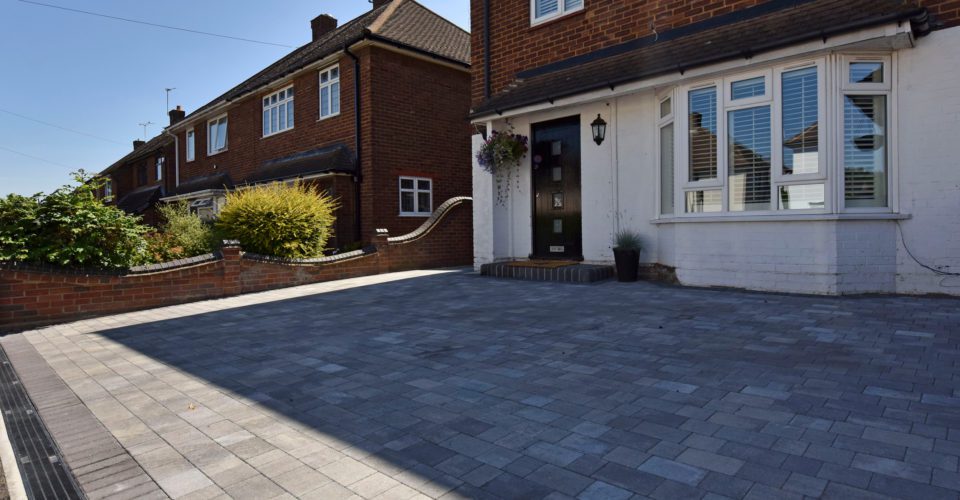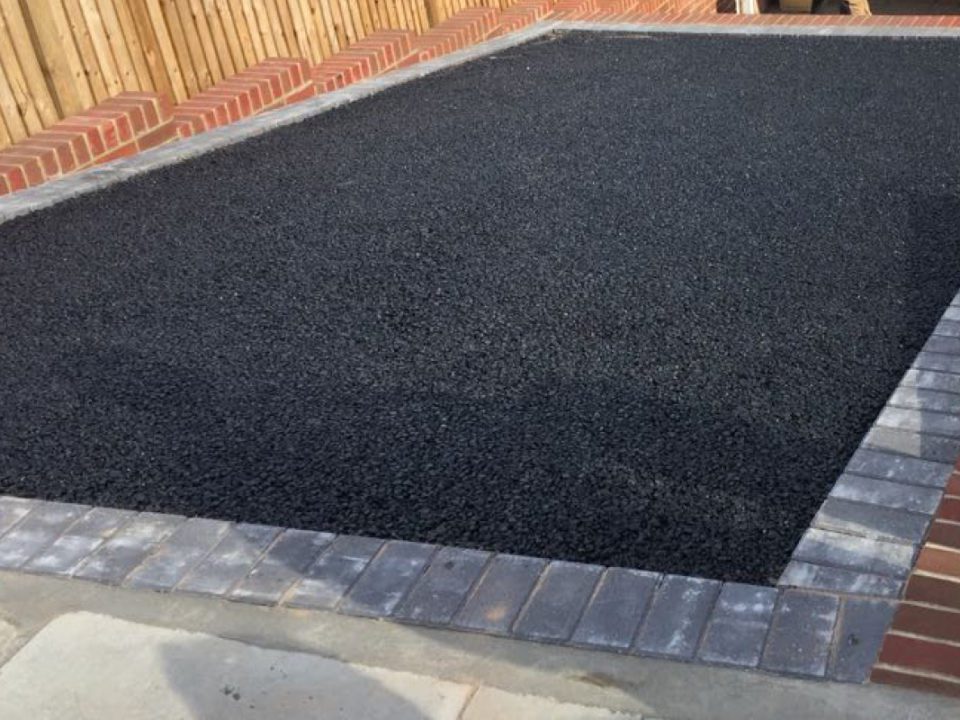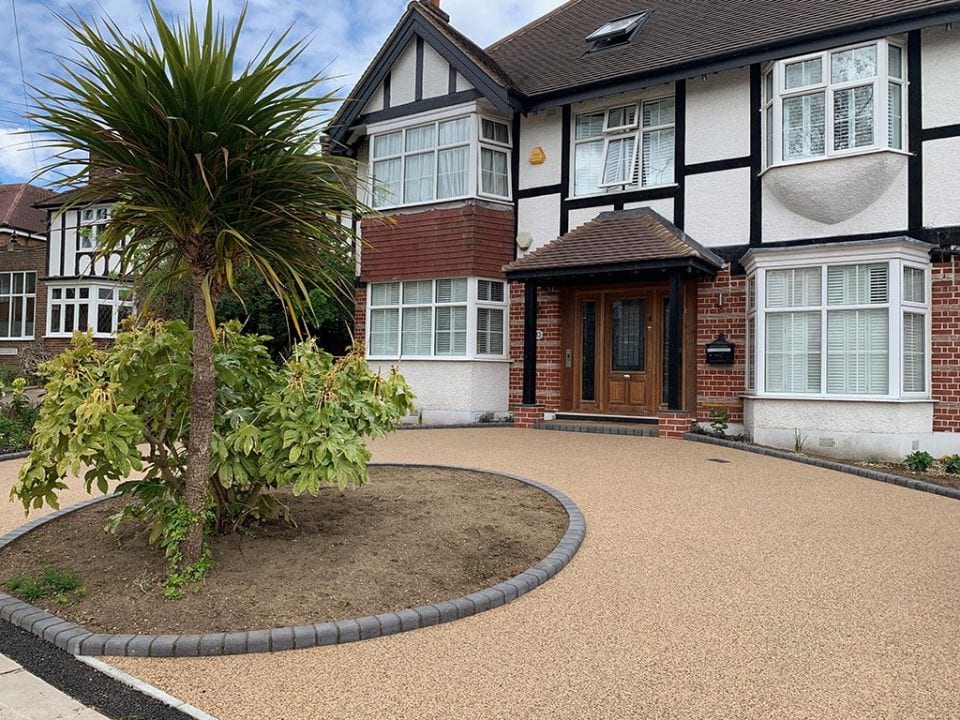

Exploring Resin Driveway Designs for Your Home
June 5, 2024
Why Driveway Paving Reviews Matter: A Guide for Homeowners
September 12, 2024Ideas for sloped driveways

Creating a driveway on a slope presents unique challenges, but it also opens the door to innovative and visually appealing designs.
Whether your driveway needs to ascend, descend, or navigate a steep grade, there are plenty of ideas that balance aesthetics, functionality, and safety.
In this article, we’ll explore various ideas for sloped driveways, along with tips on materials, drainage solutions, and design strategies that can turn a potential problem into a stunning feature.
Understanding the challenges of a sloped driveway
Sloped driveways, while adding character and depth to a landscape, come with specific concerns. The primary challenges include:
Erosion and Water Runoff: Sloped surfaces are prone to water runoff, which can lead to erosion and damage over time if not properly managed.
Traction and Safety: Vehicles may struggle with traction on steep or icy slopes, posing a safety risk.
Aesthetics: A sloped driveway needs to blend seamlessly with the overall landscape design, enhancing curb appeal without overpowering other elements.
By addressing these challenges early in the design process, you can create a driveway that not only looks great but also functions efficiently for years to come.
Best materials for sloped driveways
The choice of materials is crucial for the success of a sloped driveway. Here are some of the best options:
Block Paving: Interlocking pavers are a premium option that offers both beauty and durability. Pavers can be arranged in various patterns, and their permeable nature allows water to drain through, reducing runoff issues. They also provide excellent traction and can be easily replaced if damaged.
Permeable Resin: These allow water to seep through the driveway, reducing erosion and runoff while maintaining the structural integrity of the driveway.

Incorporating curves and switchbacks
For driveways with a significant slope, straight paths may not always be the best option.
Incorporating curves and switchbacks can make the driveway more manageable for vehicles and reduce the overall grade. This design not only improves safety but also adds an elegant, winding pathway that can enhance the landscape’s visual appeal.
Curves can be soft and sweeping or tight and dramatic, depending on the slope and available space.
A serpentine design, for example, can make a steep slope more navigable while creating opportunities for planting beds or retaining walls that can further beautify the space.
Using retaining walls
Retaining walls are an essential feature for many sloped driveways. They help to manage the elevation changes, prevent soil erosion, and provide structural support. Retaining walls can be constructed from a variety of materials, including stone, brick, concrete blocks, or even timber.
When designing retaining walls, consider their height, thickness, and drainage capabilities. Proper drainage behind the walls is crucial to prevent water buildup, which can lead to structural failure. Additionally, retaining walls can be designed to complement the aesthetic of your home and driveway, creating a cohesive look.
Incorporating drainage solutions
Effective drainage is critical for any sloped driveway to prevent water damage, erosion, and ice formation. There are several drainage solutions you can incorporate:
French Drains: These are trenches filled with gravel or rock that contain a perforated pipe. The pipe redirects water away from the driveway, preventing erosion and water buildup.
Channel Drains: Installed across the driveway, these drains collect and channel water away, ideal for areas that experience heavy rainfall.
Swales: These are shallow ditches designed to slow down and direct water runoff, which can be particularly useful alongside a sloped driveway.
Driveway edging and borders
When looking at ideas for sloped driveways have you thought about adding a border? They can enhance its appearance and prevent materials like gravel or asphalt from spilling over.
Edging can be done with bricks, stones, or metal and can be both functional and decorative. The edging should be strong enough to withstand the pressure from the slope while complementing the overall design.
Ideas for sloped driveways: Conclusion
Designing a driveway on a sloped yard may require more planning and investment than a flat surface, but the results can be both functional and stunning. By carefully considering materials, drainage, and safety features, you can create a driveway that not only meets your needs but also enhances the beauty and value of your property. Whether you choose a simple, gravel path or a complex, terraced design, the key is to integrate the driveway seamlessly into your landscape, making it an asset rather than a challenge.





